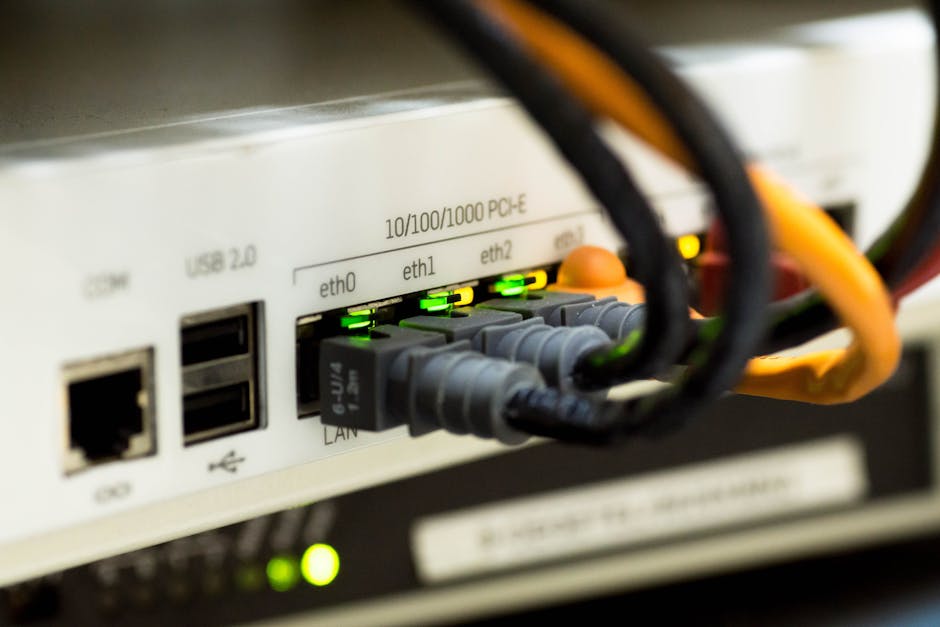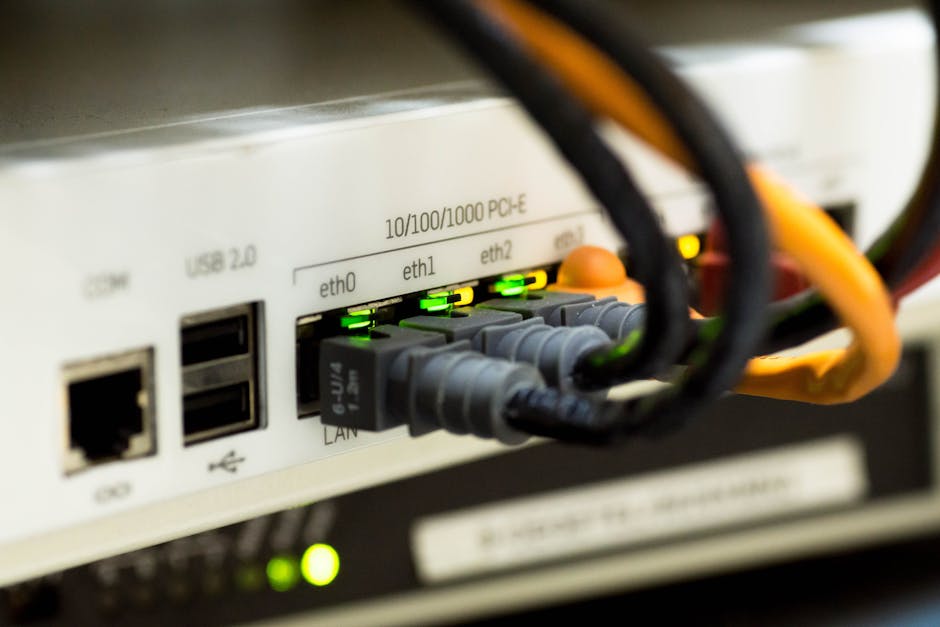The Evolution and Importance of Research and Education (R&E) Networks

In the early days of the Internet, network policy emerged as an integral aspect of network engineering. Decisions about resource allocation, topology, and interconnection agreements among research institutions laid the groundwork for governance structures that emphasized openness, innovation, and shared resources. The technical design of networks morphed into social architecture, allowing Research and Education (R&E) networks to establish themselves as collaborative spaces that go beyond serving academic purposes. Over time, these networks have evolved into globally essential infrastructure, serving millions of people and institutions around the world.
The Global Reach and Critical Role of R&E Networks

Pexels
Today’s R&E networks are much more expansive, connecting 12 million individuals across 38,000 locations in 107 countries. These networks not only support groundbreaking research initiatives like the $9 billion Large Hadron Collider but also provide vital connectivity for Community Anchor Institutions (CAI) such as schools, libraries, hospitals, museums, and government facilities. Moreover, their ability to function as testbeds for networking innovation demonstrates their central role in advancing Internet and communication technologies.
What makes R&E networks stand apart from commercial providers is their governance framework. Unlike commercial networks that prioritize profit, R&E networks operate under diverse cooperative models, highlighting their non-commercial and mission-driven nature. Remarkably, 24% are state-run, 27% sit under nonprofit organizations, another 24% are managed by universities, and the remaining operate through collective agreements like consortia or memoranda of understanding (MOUs). These unique models foster cooperative economics and resilience, ensuring equitable access to resources.
R&E Networks as Systemically Important Infrastructure

Pexels
Despite functioning outside conventional regulatory systems, R&E networks undertake roles commonly associated with critical infrastructure. They support vital Internet functions, including emergency communication services, election infrastructure, hosting DNS root servers, and identity management systems like eduroam and InCommon. These contributions underscore their importance, leading many experts to believe that R&E networks should be considered as Systemically Important Network Infrastructure (SINI). Similar to how the financial sector labels Global Systemically Important Financial Institutions (G-SIFI), recognizing R&E networks under a SINI designation would emphasize their role while protecting their collaborative governance model.
The introduction of SINI terminology can ensure the government acknowledges the importance of R&E networks without imposing overly rigid regulatory frameworks. Policymakers face the challenge of striking a balance between recognition and regulation, preserving the diversity and adaptability that make these networks resilient. By maintaining their cooperative governance, R&E networks can continue to provide critical services and remain adaptable in a rapidly changing technological landscape.
The Future of R&E Networks: Community-Driven Policy Making

Pexels
As the Internet landscape evolves, so too must the role of the R&E community in shaping its governance. Scholars and experts such as John Curran, CEO of ARIN, stress the importance of active participation from the technical and research communities to secure Internet infrastructure governance, cybersecurity, and stability. Historical examples, like the establishment of DMCA safe harbors, demonstrate the power of collective efforts within the R&E community to influence policy effectively.
Looking forward, collaboration between researchers, policymakers, and technical stakeholders will be crucial to ensuring the continued adaptability and resilience of R&E networks. By leveraging their unique governance models and cooperative approaches, these networks can serve as a blueprint for fostering innovation, sustaining critical infrastructure, and democratizing access to Internet resources worldwide. As their roles expand, R&E networks must remain community-driven, leveraging their foundational values of openness and shared resources to navigate future challenges.



